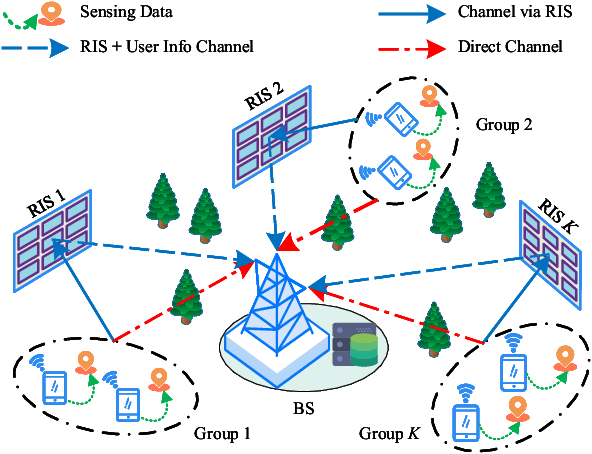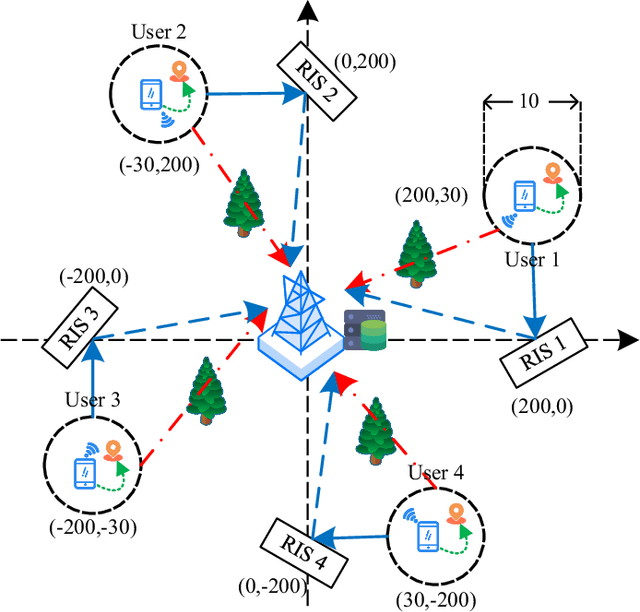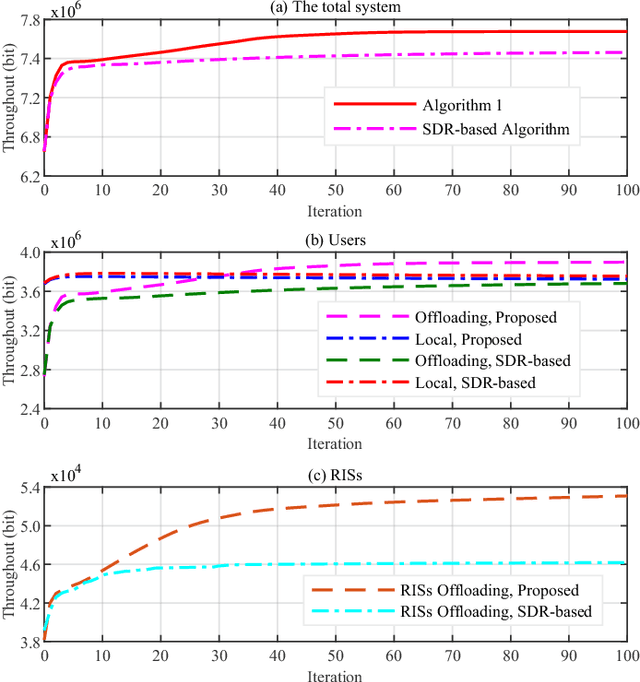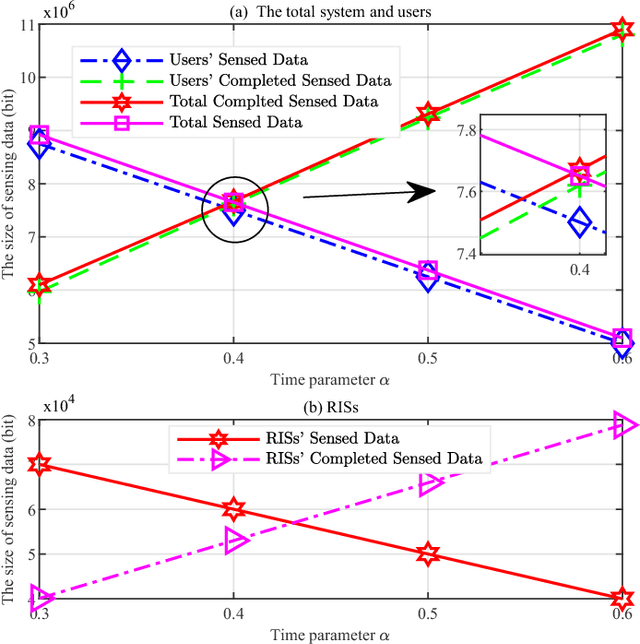Dapeng Lan
Variational autoencoder-based neural network model compression
Aug 25, 2024



Abstract:Variational Autoencoders (VAEs), as a form of deep generative model, have been widely used in recent years, and shown great great peformance in a number of different domains, including image generation and anomaly detection, etc.. This paper aims to explore neural network model compression method based on VAE. The experiment uses different neural network models for MNIST recognition as compression targets, including Feedforward Neural Network (FNN), Convolutional Neural Network (CNN), Recurrent Neural Network (RNN) and Long Short-Term Memory (LSTM). These models are the most basic models in deep learning, and other more complex and advanced models are based on them or inherit their features and evolve. In the experiment, the first step is to train the models mentioned above, each trained model will have different accuracy and number of total parameters. And then the variants of parameters for each model are processed as training data in VAEs separately, and the trained VAEs are tested by the true model parameters. The experimental results show that using the latent space as a representation of the model compression can improve the compression rate compared to some traditional methods such as pruning and quantization, meanwhile the accuracy is not greatly affected using the model parameters reconstructed based on the latent space. In the future, a variety of different large-scale deep learning models will be used more widely, so exploring different ways to save time and space on saving or transferring models will become necessary, and the use of VAE in this paper can provide a basis for these further explorations.
Computation Offloading for Edge Computing in RIS-Assisted Symbiotic Radio Systems
May 29, 2023



Abstract:In the paper, we investigate the coordination process of sensing and computation offloading in a reconfigurable intelligent surface (RIS)-aided base station (BS)-centric symbiotic radio (SR) systems. Specifically, the Internet-of-Things (IoT) devices first sense data from environment and then tackle the data locally or offload the data to BS for remote computing, while RISs are leveraged to enhance the quality of blocked channels and also act as IoT devices to transmit its sensed data. To explore the mechanism of cooperative sensing and computation offloading in this system, we aim at maximizing the total completed sensed bits of all users and RISs by jointly optimizing the time allocation parameter, the passive beamforming at each RIS, the transmit beamforming at BS, and the energy partition parameters for all users subject to the size of sensed data, energy supply and given time cycle. The formulated nonconvex problem is tightly coupled by the time allocation parameter and involves the mathematical expectations, which cannot be solved straightly. We use Monte Carlo and fractional programming methods to transform the nonconvex objective function and then propose an alternating optimization-based algorithm to find an approximate solution with guaranteed convergence. Numerical results show that the RIS-aided SR system outperforms other benchmarks in sensing. Furthermore, with the aid of RIS, the channel and system performance can be significantly improved.
 Add to Chrome
Add to Chrome Add to Firefox
Add to Firefox Add to Edge
Add to Edge